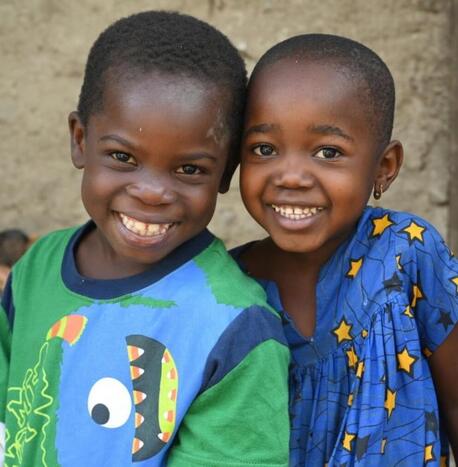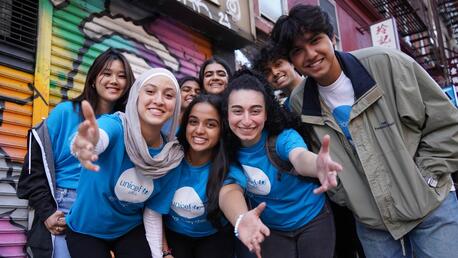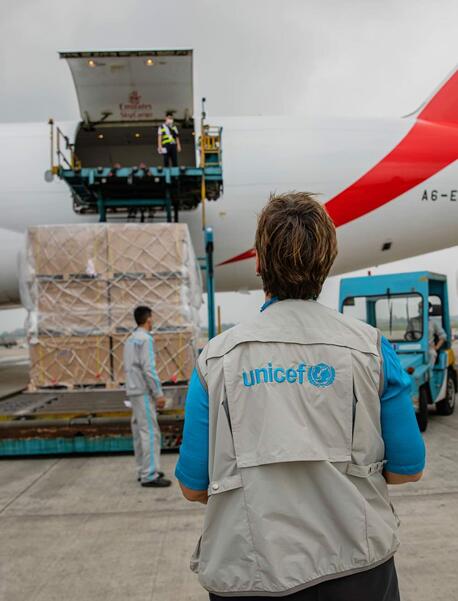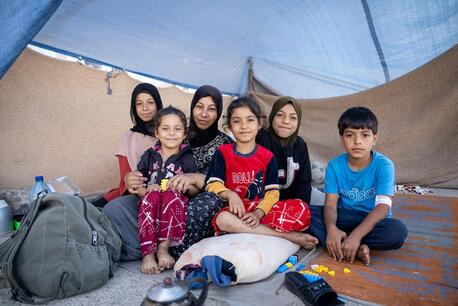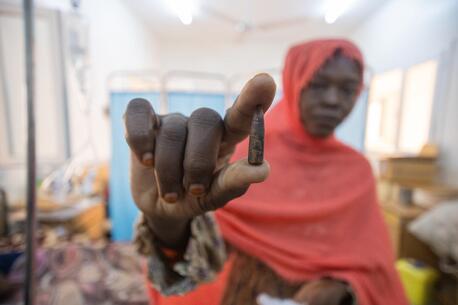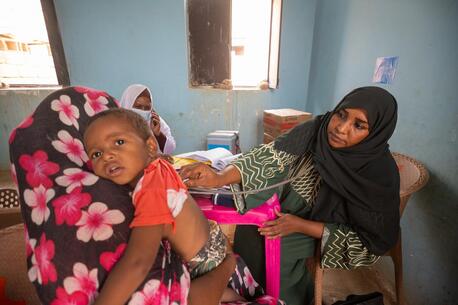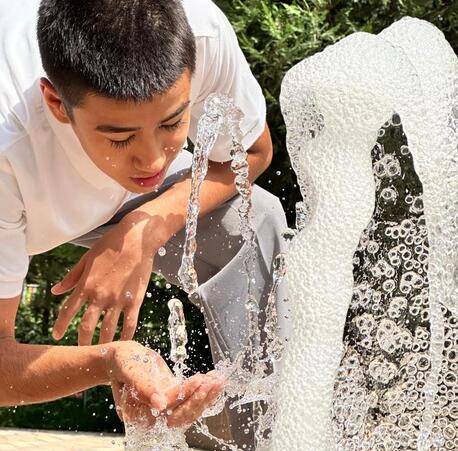
UNICEF: Extreme Heat Kills Hundreds of Children Every Year in Europe and Central Asia
A new policy brief from UNICEF outlines six policy recommendations for governments to protect young children from the deadly impacts of heat waves.
Rising temperatures across Europe and Central Asia killed an estimated 377 children in 2021, according to a new analysis of data from 23 countries published today by UNICEF.
Beat the heat: child health amid heat waves in Europe and Central Asia finds that half of these children died from heat-related illnesses in their first year of life. Most children died during the summer months.
The new estimates are based on an analysis of Global Burden of Disease data from the following countries where UNICEF has a programmatic presence: Albania, Armenia, Azerbaijan, Belarus, Bosnia and Herzegovina, Bulgaria, Croatia, Georgia, Greece, Italy, Kosovo, Moldova, Montenegro, North Macedonia, Romania, Serbia, Ukraine, Kazakhstan, Kyrgyzstan, Tajikistan, Türkiye, Turkmenistan and Uzbekistan.
Other key takeaways:
- half of all children living in 50 countries across Europe and Central Asia are exposed to frequent heat waves – double the global average of 1 in 4 children
- temperatures in Europe and Central Asia are rising at a faster rate than in any other region worldwide
- heat waves will increase in frequency and intensity in the coming years as a result of accelerated global warming
Children uniquely vulnerable to effects of extreme heat
Children are uniquely vulnerable to the effects of extreme heat, which translates as heat stress within their bodies. Heat exposure has acute effects on children — even before they are born — and can result in pre-term births, low birth weight, stillbirth and congenital anomalies.
Heat extremes are also linked to higher mortality rates in infants, particularly newborns, with the strongest effects resulting from cardiovascular, respiratory, digestive system and blood disorders.
Heat waves and heat stress are a direct cause of infant mortality, can affect infant growth, and cause a range of pediatric diseases. The main cause of heat-related death among infants and toddlers is being left alone in hot vehicles.
For children under age 4 already suffering from an intestinal infectious disease or a respiratory illness or other condition, high temperatures only make things worse.
Related: Parenting tips for keeping kids safe and healthy during a heat wave
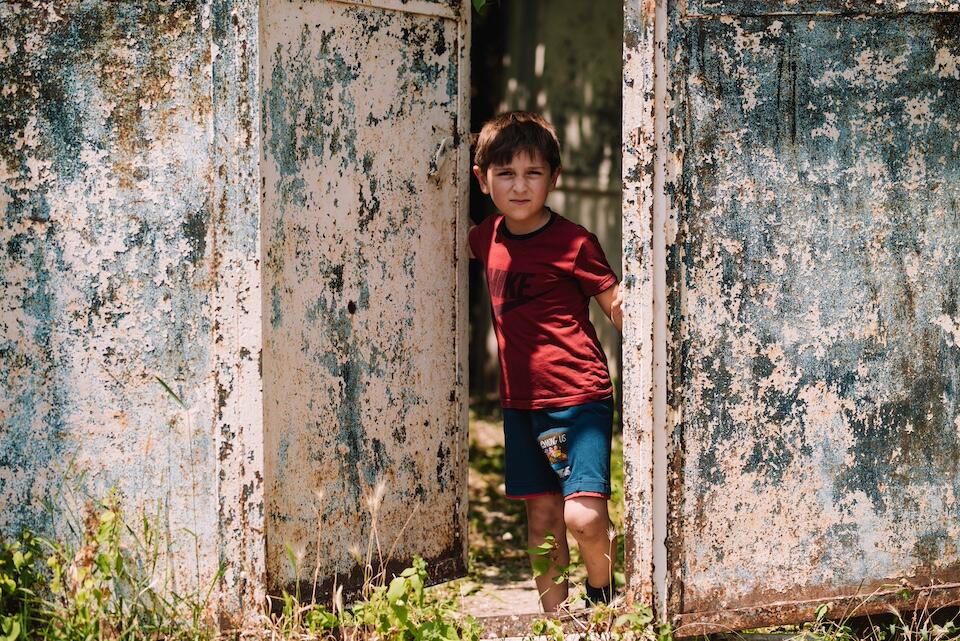
Action needed to protect children from deadly heat stress
To protect children from heat waves, UNICEF is urging governments across Europe and Central Asia to:
- integrate strategies to reduce their impact — including through National Determined Contributions (NDC), National Adaptation Plans (NAP), and Disaster Risk Reduction and disaster management policies — keeping children at the center of these plans
- invest in heat health action plans and primary health care to more adequately support heat-related illness among children
- invest in early warning systems, including heat alert systems
- adapt education facilities to reduce the temperatures in areas children play in, and equip teachers with skills to respond to heat stress
- adapt urban design and infrastructure, ensuring that community buildings are equipped to minimize heat exposure
- secure the provision of clean water supplies, particularly in countries with deteriorating water quality and availability
UNICEF works with governments, partners and communities across Europe and Central Asia to build resilience against heat waves. This includes equipping teachers, community health workers and families with the skills and knowledge to respond to heat stress.
UNICEF also advocates for engaging youth in the process of designing heat action plans and developing cooler community spaces.
HOW TO HELP
There are many ways to make a difference
War, famine, poverty, natural disasters — threats to the world's children keep coming. But UNICEF won't stop working to keep children healthy and safe.
UNICEF works in over 190 countries and territories — more places than any other children's organization. UNICEF has the world's largest humanitarian warehouse and, when disaster strikes, can get supplies almost anywhere within 72 hours. Constantly innovating, always advocating for a better world for children, UNICEF works to ensure that every child can grow up healthy, educated, protected and respected.
Would you like to help give all children the opportunity to reach their full potential? There are many ways to get involved.
